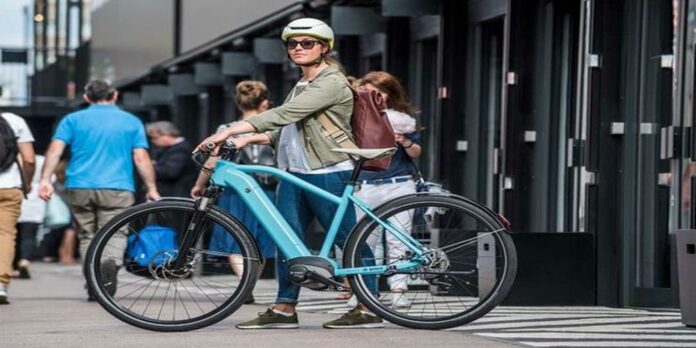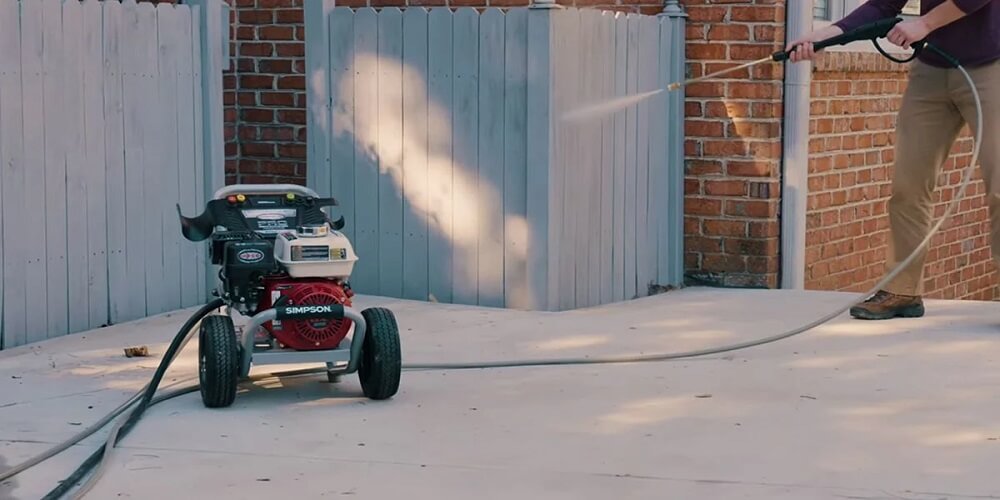Electric motorcycles give first-time riders the sensation of being superhumanly powerful. This is due to the fact that pedal-assist e-bikes let you travel farther and faster than ever before on two wheels. It doesn’t matter if you’re trying to navigate stop-and-go traffic, carry children or luggage, avoid becoming drenched in sweat, or take pleasure in longer, hillier rides.
Like traditional bicycles, e-bikes can be further subdivided into mountain and road types and more niche categories, including urban, cruiser, cargo, and folding bikes.
Different classifications of electric bikes exist based on the amount of motor aid they provide, which is used mainly for legislation. Most bicycle manufacturers, state, local, and other organizations, have adopted the three-class system that describes e-bikes as bicycles with electric motors and with fully working pedals and less than 750 watts electric motor (about one horsepower). The type of electric bike you’ll need is an essential factor to think about.
Class 1: Motor Activates When You Begin Peddling; Top Speed Is 20 mph
Class 1 e-bikes are the standard entry-level option for electric bikes. Class 1 motorcycles are the most popular, safest, and least expensive on the road. Different metropolitan streets and bike lanes are accessible to riders. However, this is not always the case. This type of electric bike is gradually gaining acceptance on traditional mountain biking routes.
Class 2 has a 20 mph top speed with pedal assist and a 40 mph top speed with throttle power.
Class 2 e-bikes can go anywhere that class 1 e-bikes can.
Class 3: The Most Common Electric Bike for Everyday Use
Their speed and power are unmatched by Class 1 electric bikes (and cost more). If your system’s performance is maximized, you’ll have no trouble keeping up with traffic flow. In addition, they are more capable climbers and can transport heavier loads. The lack of mountain bike routes and other bicycle infrastructure is a significant drawback.
Before choosing an electric bike, it is essential to familiarize yourself with the regulations governing entry to that location. Permit, license, registration, minimum age, and land management criteria details are subject to change at any time.
Distances Traveled, Battery Life, and Power of Electric Bicycles
Manufacturers of e-bikes spent much effort integrating the motor. Design compromises are made between performance and travel distance. An improved motor’s torque allows for easier lifting, faster speeds, and better incline handling and decreases your riding time and battery life.
You can evaluate several options for e-bikes by their general riding-range features, such as the number of kilometers you can go with pedal assistance (20-100). This is because cycling distance is affected by many different variables.
A huge battery is advantageous, of course: Capacity is measured in watt hours (Wh), the number of hours over which a battery can hold 1 watt of power. It is consequently crucial to have access to motor power: Class 3 bikes typically employ motors and batteries with outputs of 500 watts and 500 watts-hours, respectively (a common class 1 bike setup). For additional information regarding the e-bike, click here.











